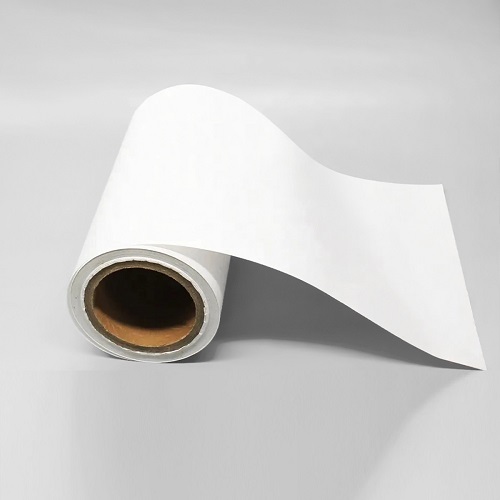Exploring the Versatility and Applications of Silicone Release Paper
Apr 25, 2025
Silicone release paper plays a vital role across various industries due to its non-stick properties and high thermal resistance. Whether used in manufacturing, packaging, or medical applications, its reliability and performance make it an indispensable material.
What Is Silicone Release Paper?
- Definition: Silicone release paper is a type of coated paper that has a layer of silicone applied to one or both sides to create a non-stick surface.
- Purpose: It is designed to prevent adhesives or sticky substances from bonding to the paper, allowing easy release during production or application.
- Varieties: It comes in multiple forms—single-side coated, double-side coated, or with differential coatings (different release forces on each side).
Manufacturing Process of Silicone Release Paper
- Base Paper Selection: High-quality base papers like glassine or kraft paper are used for their smoothness and strength.
- Silicone Coating Application: A layer of silicone is applied using a coating machine, often through gravure, knife, or offset methods.
- Curing: The coated paper is heated in an oven to cure the silicone, creating a durable, non-stick surface.
- Quality Testing: Adhesion tests, release force measurements, and visual inspections ensure consistency and performance.
Key Properties of Silicone Release Paper
- Non-Stick Surface: Ensures adhesives, tapes, and labels can be easily removed.
- Temperature Resistance: Can withstand high temperatures, making it suitable for industrial processes.
- Chemical Resistance: Resists various chemicals and solvents, adding to its durability.
- Customizable Release Force: Tailored to meet specific product requirements, from easy-peel to tight-hold.
Common Applications of Silicone Release Paper
Label and Sticker Backing:
- Acts as the protective liner for adhesive labels and stickers.
- Ensures easy peeling and clean application.
Medical Field:
- Used in wound care products like bandages and transdermal patches.
- Maintains sterility and ease of application.
Composites and Laminates:
- Supports prepreg materials in aerospace and automotive sectors.
- Prevents sticking during lay-up and curing processes.
Food Packaging:
- Used as baking paper or interleaving sheets.
- Safe for contact with food and withstands baking temperatures.
Construction and Insulation:
- Serves as a liner for construction tapes and sealants.
- Withstands harsh outdoor environments.
Advantages of Using Silicone Release Paper
Improved Production Efficiency:
- Reduces downtime caused by material sticking during processing.
Enhanced Product Quality:
- Ensures adhesive products retain their integrity until final use.
Versatile Applications:
- Suitable for use in industries ranging from medical to automotive.
Eco-Friendly Options Available:
- Some variants are recyclable or biodegradable.
- Choosing the Right Silicone Release Paper.
Adhesive Type Compatibility:
- Ensure the release paper works well with the adhesive material in use.
Release Force Requirements:
- Different applications require varied levels of release strength.
Environmental Conditions:
- Consider exposure to temperature, moisture, and chemicals.
Coating Configuration:
- Single vs. double coating depending on whether one or both sides need release properties.
Future Trends in Silicone Release Paper
Sustainable Materials:
- Growing demand for recyclable and compostable silicone release paper.
Advanced Coating Technologies:
- Development of ultra-thin coatings for higher performance.
Smart Packaging Integration:
- Incorporation into intelligent labels and sensors for logistics and healthcare.
Silicone release paper has become an essential material in modern production processes due to its functional versatility and high-performance properties. From safeguarding the stickiness of a label to enabling precision in medical applications, it offers unmatched reliability. As technology and sustainability demands evolve, silicone release paper continues to adapt, offering innovative solutions for various industries.






























